Ethiopian Sidama G1 Coffee Bean Grades
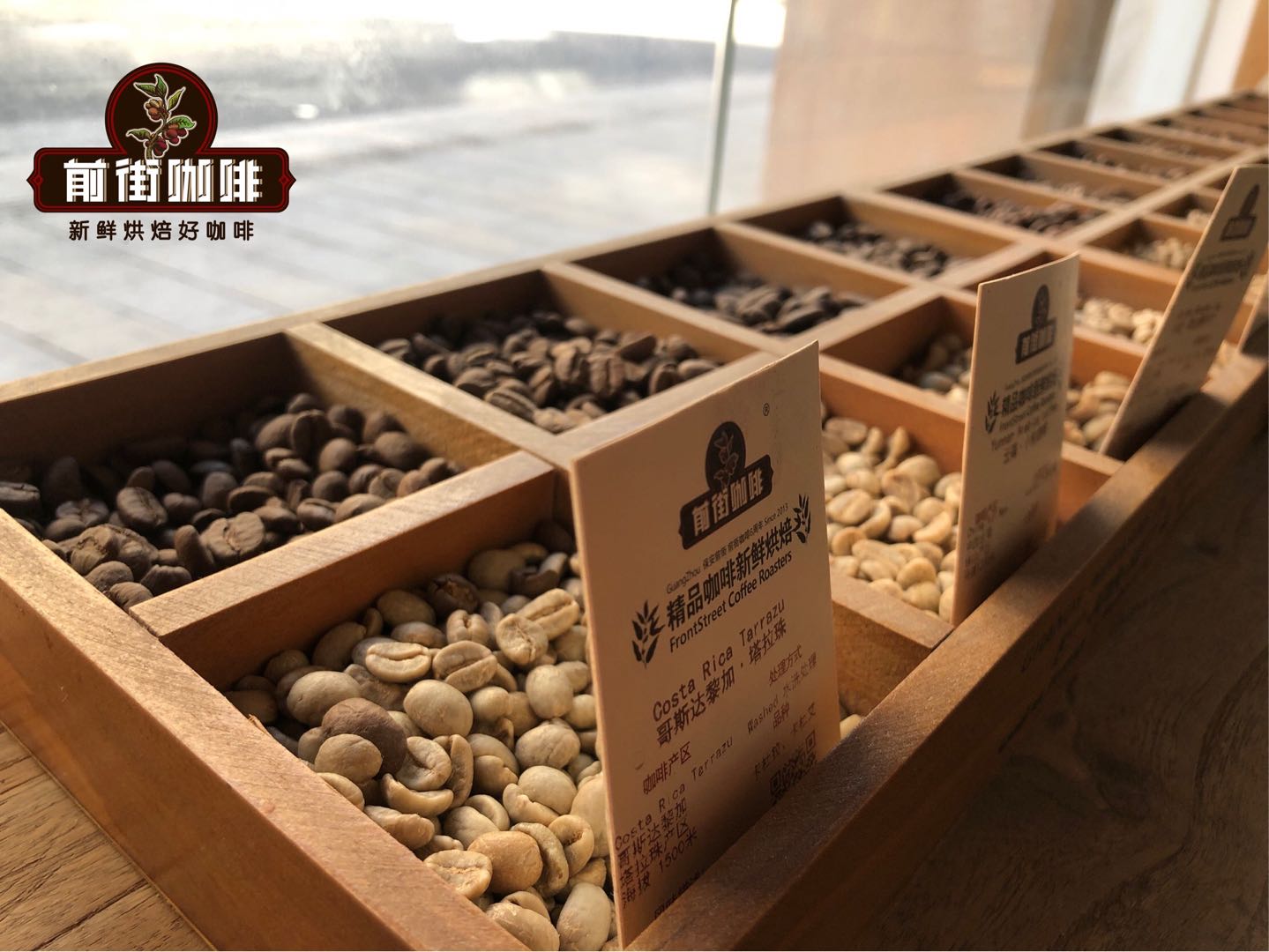
Professional coffee knowledge exchange more coffee bean information please follow the coffee workshop (Wechat official account cafe_style)
Recently, many guests who came to Qianjie to buy coffee beans found that the coffee bags were marked with the letters G1, AA and other English letters, but they did not understand the meaning, so Qianjie planned to give you a brief introduction about the grading of Ethiopian coffee beans. Ethiopia, as the hometown of coffee, is a natural coffee gene pool, and many different varieties of Ethiopian coffee trees are mixed. Because of the wide variety of coffee, the local Ethiopian people do not know what kind of coffee beans are, so they refer to the local coffee beans as Ethiopian native species.
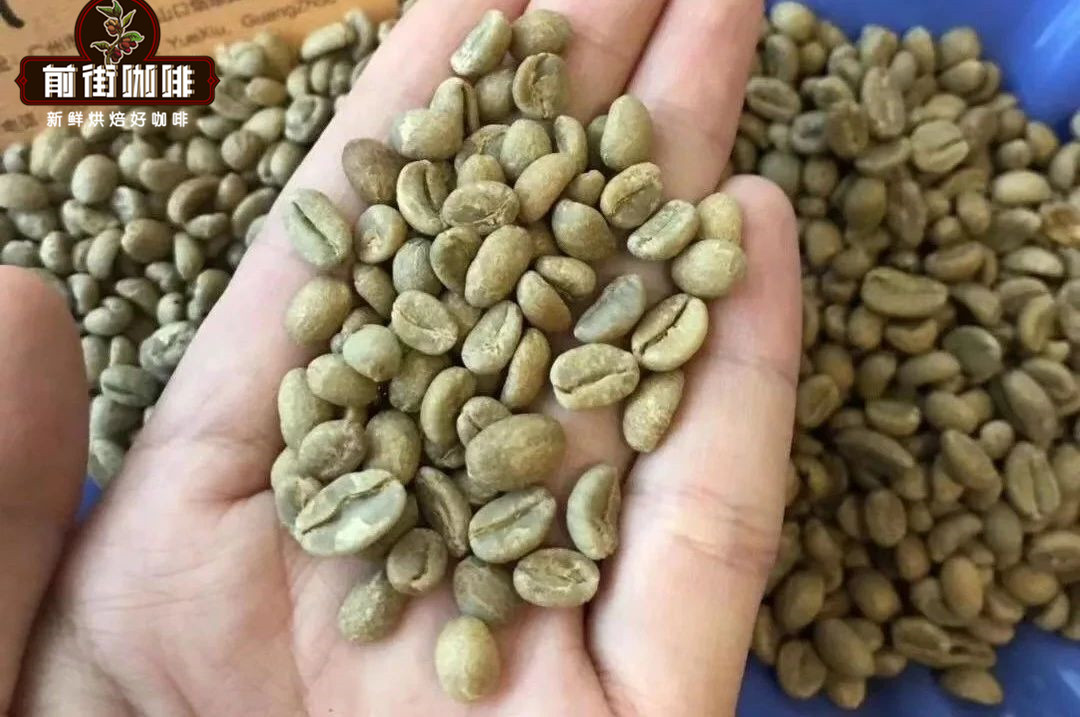
In fact, each type of coffee beans are graded, and the coffee grades vary from region to region. Generally speaking, coffee is graded roughly according to the altitude of the producing area, according to the pore size of the sieve, that is, the size of raw beans, and the proportion of defective beans contained in the sieve. Today, Qianjie will talk to you about the grading of Sidamo coffee beans.
The Sidamo region is one of the famous boutique coffee producing areas in Ethiopia, because the Ethiopian coffee beans produced in the Sidamo region are famous for their bright citrus and lemon flavors with a hint of berry acidity. Among them, the coffee beans washed in front of the street, such as Yega Chuefei, Fruit Top and Sun-red Cherry, are from the Yega Chuefei producing area in Ethiopia, and the Huakui coffee beans, which won the first place in the raw bean competition, are from the Guji producing area. As you may not know, in fact, Yega Xuefei and Guji used to belong to the Sidamo producing area, but later, because the flavor of coffee beans in these two producing areas was so obvious, it was separated by ECX separately.
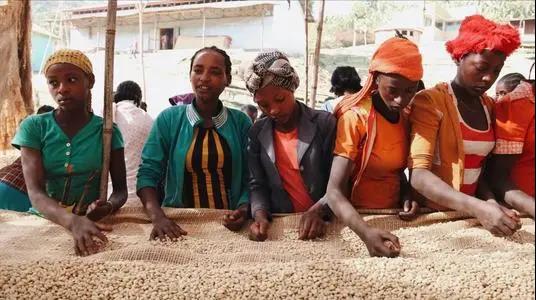
Among them, Ethiopian coffee beans are graded according to the proportion of defective beans, mainly according to the number of defective beans in 300g. For example, every 300 grams of defective beans is less than or equal to 3, it belongs to G1; every 300 grams of defective beans is between 4 and 12, it is divided into G2; every 300 grams of defective beans is between 13 and 25, it is divided into G3; every 300 grams of defective beans is between 26 and 45, it is divided into G4; every 300 grams of defective beans is between 46 and 90, it is divided into G5. General washing treatment is G1-G2, due to the technical problems of sun treatment at that time, the number of defects of raw sun beans is relatively large, generally G3-G5, with the improvement of sun treatment technology, now the sun beans can also reach the G1-G2 level.
It can be seen that the grade of G1 is the highest, the defective bean is the least, and the general commercial bean is G4. Like the coffee beans in the Sidamo area, the sun method is adopted to remove defective beans and other sundries from the ripe coffee fruits of the picked Ethiopian native coffee, and then put them directly on the elevated bed to dry for two to four weeks, and then use the sheller to remove the shell. Therefore, in addition to the citrus aroma of washed beans, Sidamo coffee beans also have a strong berry flavor. But if the sun treatment is not good, the coffee beans will have a fishy smell, and the inherent aroma of coffee beans will disappear.
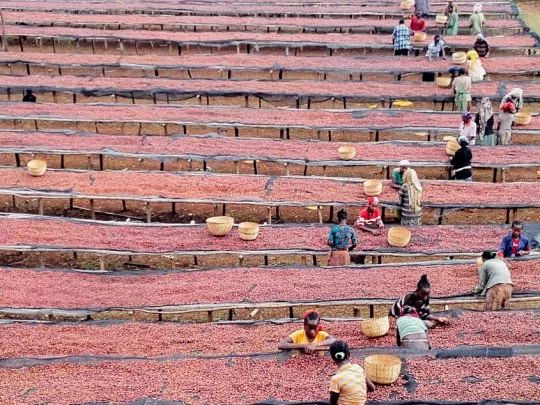
However, not all countries, like Ethiopia, grade coffee according to the number of defective beans. In fact, coffee grades are different in many countries. Coffee grades in some countries are mainly based on coffee particle size, such as Tanzania, Rwanda, Colombia, Jamaica and so on. For example, Kenya is usually divided into eight grades, namely E (elephant bean), AA, AB, C, PB, TT, T, MH/ML.
The quality of Jamaican coffee is divided from high to low: NO.1, NO.2, NO.3 and PB,PB are round beans. According to the CIB standard, the defect rate is less than 3%, and the water content is about 13%. Among them, the basic standard of Lanshan raw bean of NO.1 is more than 17 mesh, the raw bean of NO.2 is more than 16 mesh, the NO.3 is more than 15 mesh, and the PB is more than 14 mesh. Jamaican Alpine Coffee is similar to Blue Mountain Coffee, but there is no round bean PB grade, while Jamaican Coffee has only prime grade, with an order of between 15 and 17.
Because the size of coffee beans in Essidamo is very inconsistent, coffee beans are generally not graded according to the size of coffee beans. You may wonder why Ethiopia doesn't pick out the better Ethiopian native coffee varieties and grow them uniformly when you see it here. In order to solve everyone's questions, it is necessary for Qianjie to talk about the coffee planting and picking in Ethiopia. Generally speaking, Ethiopian coffee trees are mostly wild or semi-wild, growing in different areas or plots. Because Ethiopia is located in the tropics, tropical plants are very easy to feed, and when the coffee fruit is ripe, the coffee farmers will pick the coffee fruit, when in fact, the coffee fruit picked by the coffee farmer is different. Nearly 2000 coffee varieties have been recorded in Ethiopia, including 1927 native varieties and 128 imported varieties. Ethiopia's coffee variety is "Grand View Garden", which has everything, long, short, thin and fat.
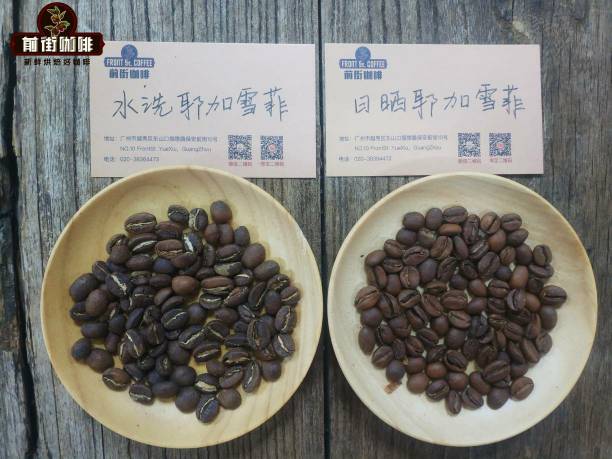
According to Qianjie, after being noticed by Dutch raw bean merchants, after being noticed by the Dutch raw bean merchants, Qianjie learned that the "Red Cherry Project" was launched in cooperation with the local Ethiopian cooperative. The plan is enough to increase the purchase price of high-quality raw coffee beans to encourage coffee farmers to pay more attention to every process of picking, processing, and so on. The coffee beans produced in this way are of better quality and taste, and can be better recognized in the end market, thus balancing the relatively high purchase price of coffee.
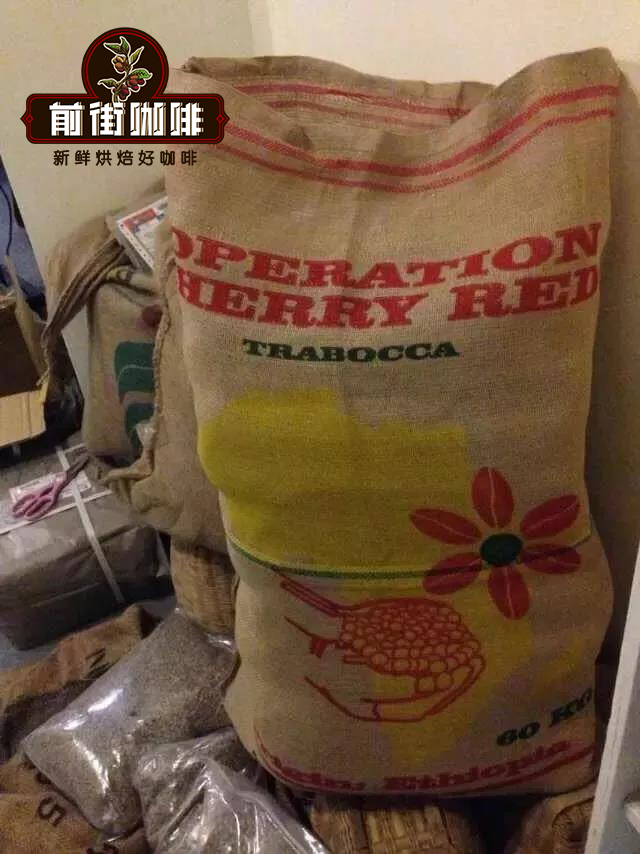
A kind of sun-red cherry on the front street is the coffee bean under this plan. In front street, there is an obvious difference between roasting and cup testing. Because the maturity of the red cherry coffee bean is more uniform, this also makes it can retain a lot of floral fruit acid when baking. Instead of red cherry coffee beans, because of the uneven maturity, it is difficult to take into account the uniformity of baking and the fullness and cleanliness of flavor.
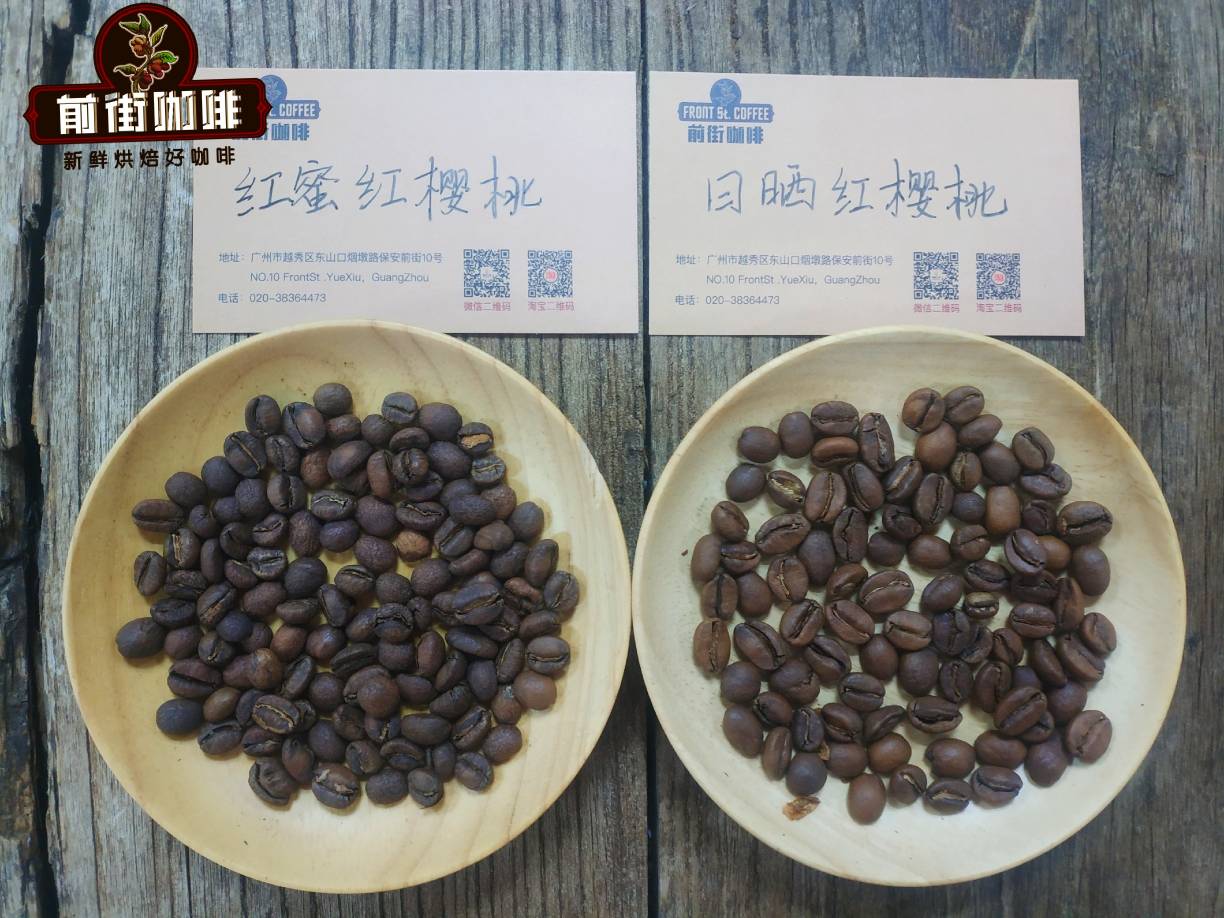
Because Essezidamo is graded according to the defect rate of coffee beans, there will be obvious non-uniformity in coffee particles, so there will be uneven roasting in roasting, Qianjie believes that, perhaps it is because this has created the rich flavor and colorful aroma of Ethiopian coffee.
Therefore, Qianjie will use higher water temperature and finer grinding to extract the acidity of the fruit from the Essex Dama area, using faster flow filter cups, such as V60 filter cups. Therefore, if you still do not understand, you are welcome to come to Qianjie coffee shop to exchange coffee knowledge.
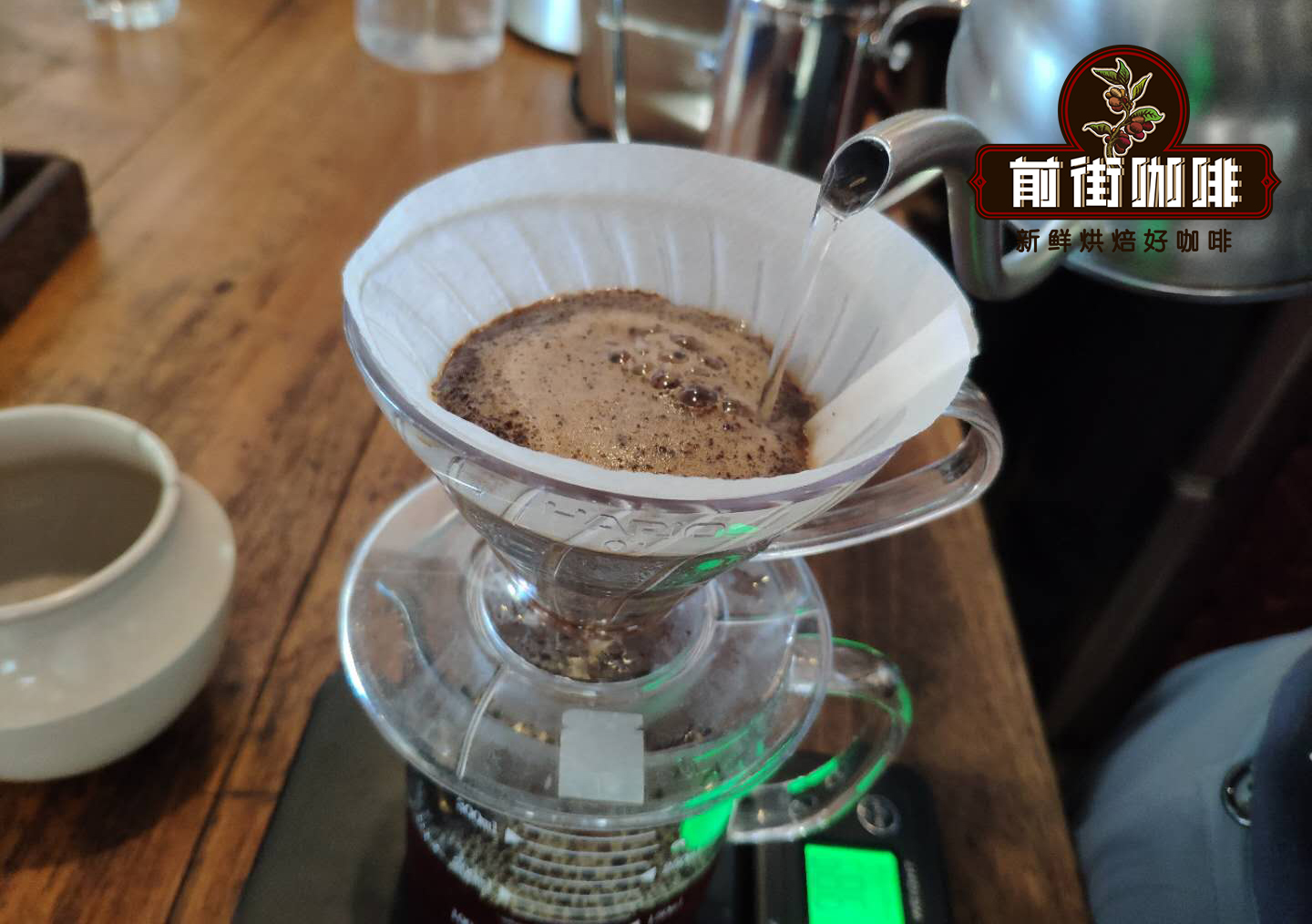
For more boutique coffee beans, please add private Qianjie coffee on Wechat. WeChat account: kaixinguoguo0925
Important Notice :
前街咖啡 FrontStreet Coffee has moved to new addredd:
FrontStreet Coffee Address: 315,Donghua East Road,GuangZhou
Tel:020 38364473
- Prev

The taste and characteristics of Yejiachefi Coffee Grinding scale by description of Flavor
The taste and characteristics of Yejashefi Coffee the coffee tree was planted by European monks (a bit like Belgian monks growing wheat to brew beer) and later transferred to farmers or co-operatives. Yejasuefei is actually constructed by surrounding coffee communities or cooperatives, including Edido Idido, ha, near Fog Valley Misty valley.
- Next

How much is a cup of rose coffee? description of the flavor and taste of blue and green roses coffee beans in a cup of jadeite estate
How much is Rose Summer Coffee? a cup of Rose Summer Coffee from Blue Standard and Red Standard Jade Manor won awards for four consecutive years from 2004 to 2007, followed by competitions in 2009, 2010 and 2013. From the beginning, the coffee on this estate broke the record; in 2004, every
Related
- Detailed explanation of Jadeite planting Land in Panamanian Jadeite Manor introduction to the grading system of Jadeite competitive bidding, Red bid, Green bid and Rose Summer
- Story of Coffee planting in Brenka region of Costa Rica Stonehenge Manor anaerobic heavy honey treatment of flavor mouth
- What's on the barrel of Blue Mountain Coffee beans?
- Can American coffee also pull flowers? How to use hot American style to pull out a good-looking pattern?
- Can you make a cold extract with coffee beans? What is the right proportion for cold-extracted coffee formula?
- Indonesian PWN Gold Mandrine Coffee Origin Features Flavor How to Chong? Mandolin coffee is American.
- A brief introduction to the flavor characteristics of Brazilian yellow bourbon coffee beans
- What is the effect of different water quality on the flavor of cold-extracted coffee? What kind of water is best for brewing coffee?
- Why do you think of Rose Summer whenever you mention Panamanian coffee?
- Introduction to the characteristics of authentic blue mountain coffee bean producing areas? What is the CIB Coffee Authority in Jamaica?

